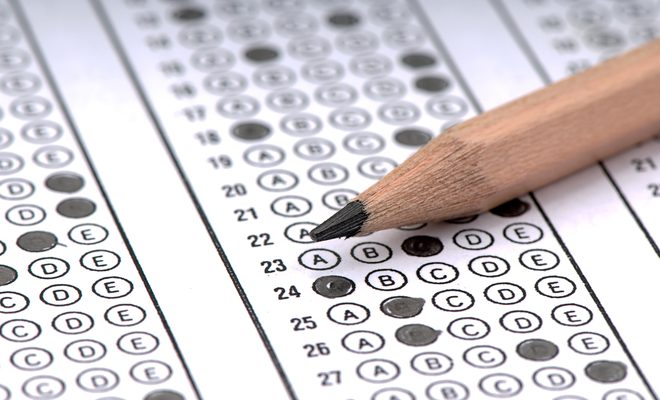Multiple Choice Questions – Effective Way of Assessment
Publication Date:

The method of multiple choice questions is a way of assessing student’s knowledge which includes a right answer among other options. It has proven itself as a very effective testing and now it is widely used by teachers. This is understandable since multiple choice task has a lot of advantages and one of them is that a large amount of students can be assessed in a very little time. Teachers can quickly check it out and the questions of a test cover a wide range of material. The results may show whether the student needs help with writing or any other kind of activity. Although, there is an essential drawback for the teacher which lies in the creation of good multiple-choice questions, especially when it is intended for advanced learners. It takes a lot of time and efforts to construct the test.
Tips for Teachers when Constructing Multiple Choice Questions
So it is worth to give some helpful advice, so you can create an effective multiple choice test. Let’s consider the tips thoroughly.
- Write the questions as simple and understandable as possible. Otherwise, you will check not knowledge, but a good understanding of the constructions of the English language (which is also useful, but perhaps not in your test).
- Include as many words as possible in the text of the question and as little as possible in the answers.
- If possible, avoid using the word NOT in the text. If this is absolutely necessary, select the word “not” in capital letters or color
- If possible, offer 4-5 answers (including correct). Less or more is worth offering in rare cases.
- Make sure that the correct answer you offer is not only true.
- Formulate all the answers in the same grammatical form (case, number, etc.). Otherwise, the correct answer can be easily calculated.
- The correct answer should be more or less evenly distributed in the order in which you follow different questions. If a person notices that you put the right answer in a particular order, it will not be very good.
- Pay attention to the lengths of the answers – if the correct answer is usually longer or shorter than the incorrect answers, then the test person can guess the answer by its length.
- Use incorrect answers, which are generally correct, but do not give the correct answer to the question.
- If you know the typical errors of the tested, include them as incorrect answers.
- If you can use technical and professional terms, abbreviations in the wrong answers, use them.
- Do not use the phrase “All of the above answers are true / false” as the correct answer – if a tested find at least two correct answers, they will understand that they need to choose this option (this is good for a question with one available answer option).
- Avoid answers like “true A and B” or “true A and B, but not true B and G” – in this case you should test logical thinking, not knowledge.
- If you can find some logic in the answer options (for example, date), it is better to arrange them in some order – in ascending or descending order, rather than in random order.
- Be sure that the correct answer to one of the test questions is not a clue to answer to the other ones.
Tips for Students when Choosing the Correct Answer
While studying, you will necessarily come across multiple choice questions. Use these strategies to successfully answer questions with multiple answers.
- Review all questions. Answer the simple questions first and leave more complicated questions for later.
- Do not forget to return to the questions that you missed. Study each question individually and remove the options that you know are wrong. Cross out the wrong options with a pencil, if possible.
- Read the question and make notes in your own words. Choose the answer that displays your own words the most accurately.
- Study each variant of the answers and cross out those options that are not true.
- Cross out absolute statements. Variants that include the words “always” or “never” will most likely not be the right answers. Leave the options with “usually” or “probably”.
- Choose the variant “all” only if you know that several options are correct.
- Check the case of words that are used in answers. Sometimes it can coincide in the question and answer.
- Choose B or C, if you doubt. Teachers often put the right answers in the middle.
Remember that in order to pass an exam successfully, you need to know material and guessing will not help you.